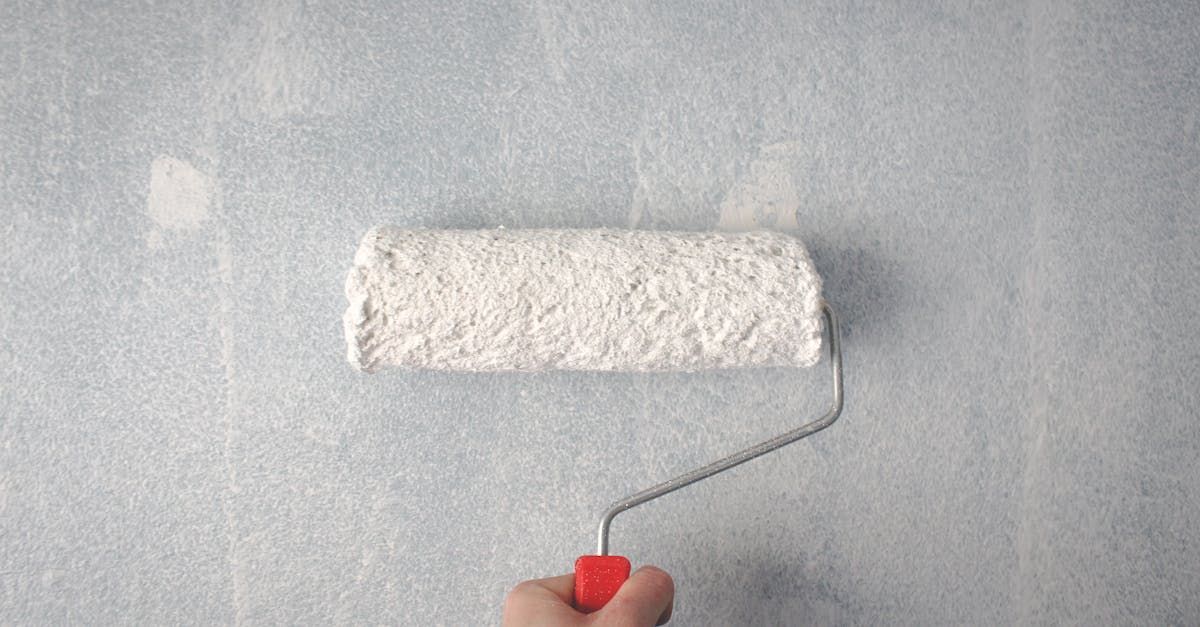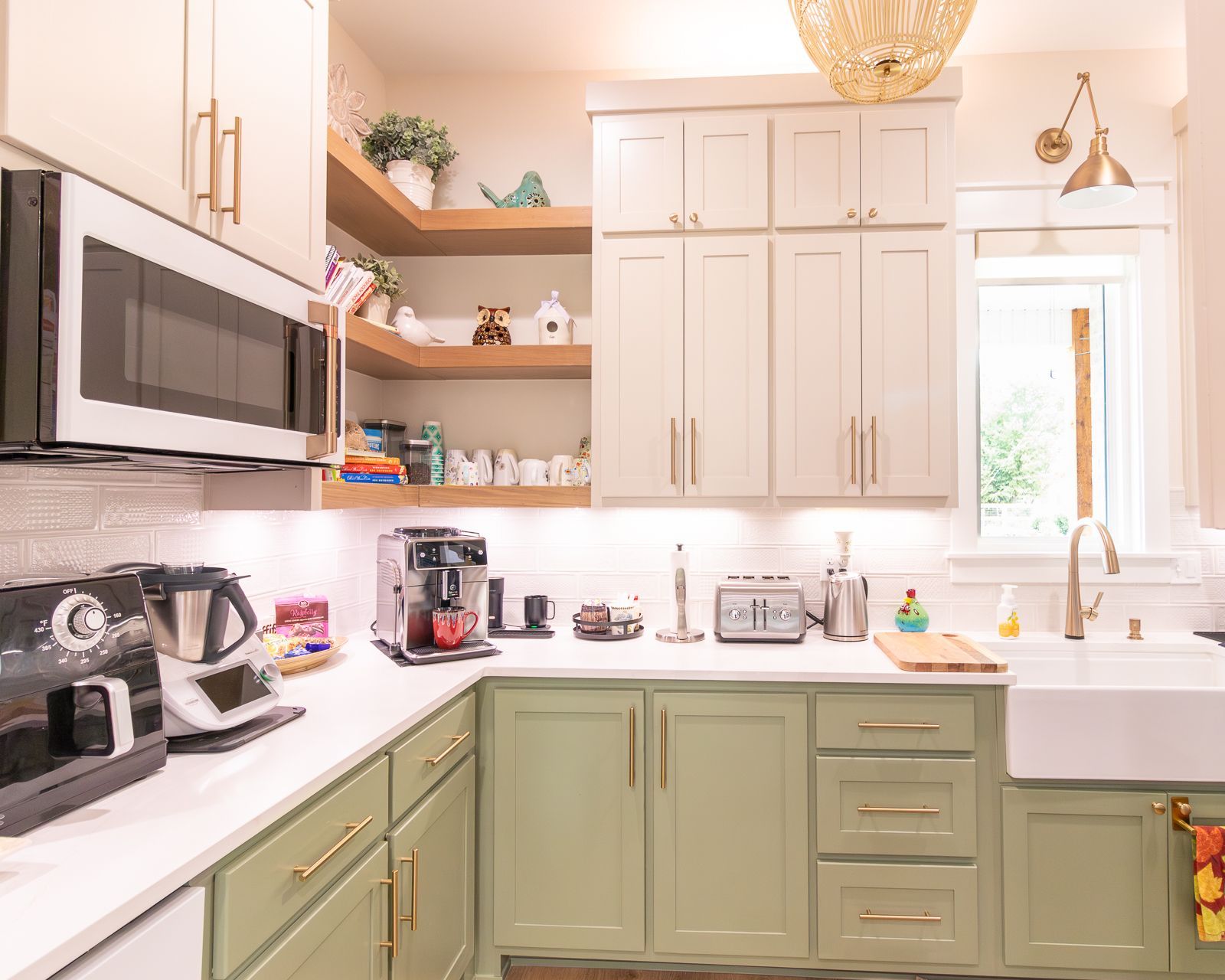The Best Paint for You to Use
Interior paints
When you’re looking to redesign your home, it’s easy to only consider paint, furniture and photos. But what about durability, longevity and quality of your paint? Here are a few other things to consider before you begin to paint your home. What type of paint are you going to use? At Color Wheel Painting, we primarily deal with two different types of paint – enamels and interior acrylic latex. Interior acrylic latex paints are typically used on walls because they are thinner and do not dry as stiffly as their enamel counterparts. Since walls tend to settle and move, a harder-drying paint will crack over time – acrylic latex paints allow for that movement. Enamel paints can be broken into both latex and oil-based selections. Enamel paint in generally used for woodwork or metal surfaces because it offers durability against scrapes and scuffs. Enamel is much more durable than an ordinary interior acrylic latex paint and that should be taken into consideration – the thinner paint on something like trim won’t give you durability or longevity. The paint simply won’t hold up like an enamel will. Should you go to a department store and select paint, typical marketing doesn’t make this distinction. It’s important you know whether your paint is an enamel or just ordinary latex paint. Investing in a quality product like Sherwin Williams paint will also ensure you won’t see fading, chipping or peeling you might see with a lower-grade paint.
HOW MUCH SHEEN WILL YOUR PAINT HAVE?
Sheen is a type of shield worked into your paint that allows you to protect the surfaces you’re painting. It can even hide imperfections and make for an easy clean up in areas like a bathroom or kitchen. There are numerous different types of sheen and not all of them are universal. The quality of the product depends on what brand and manufacturer you’re using. In general, sheen varies in levels. Sherwin Williams classifies them as flat, matte, satin, eggshell, semi gloss and gloss. The higher a sheen, the shinier the surface tends to be. Selecting a sheen depends on a few different factors – what material is being painted? Where is the surface? What’s your personal preference? You have a lot of control over what kind of sheen goes where, but we encourage you to consider adding a satin sheen to things like cabinets, trim, doors and metal. With that level of sheen, there’s an added level of durability to your paint. For a high traffic surface like a cabinet, that durability is necessary. It’s also something to consider for areas like your bathroom and kitchen, which may see more messes or wear.
WHAT KIND OF SURFACE ARE YOU PAINTING?
Whether it’s wood, brick or drywall, there are several different surfaces within your home that you can paint. If you use a higher sheen on a textured surface, you’ll see more imperfections after the painting project has dried.
What color?
Taking advantage of interior design tips like accent walls is something we will always encourage you to do. But we recommend you take into account of how big your home is and how much light is coming in, your paint color and sheen can take away or add to some of those great features. For example, the darker a room, the smaller it feels. But if you have two windows in a light blue room with a white ceiling, the room is going to look exponentially larger than it did when it was brown with red curtains. Darker paints also naturally look shinier. You can also incorporate sheen into your color choices. When you begin to question any of your color combinations, take advantage of our color matching capabilities, refined by our close work with Sherwin Williams.





